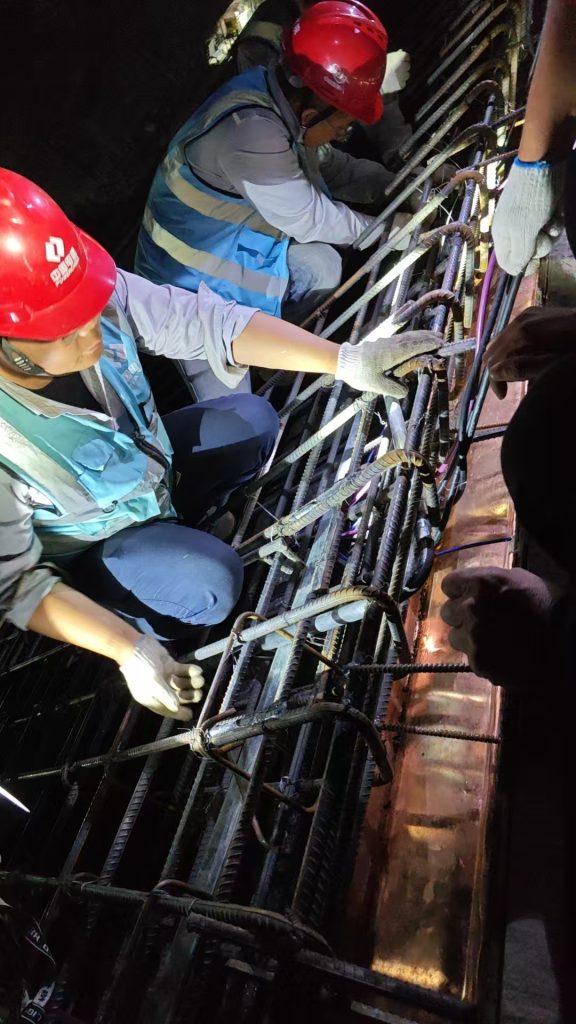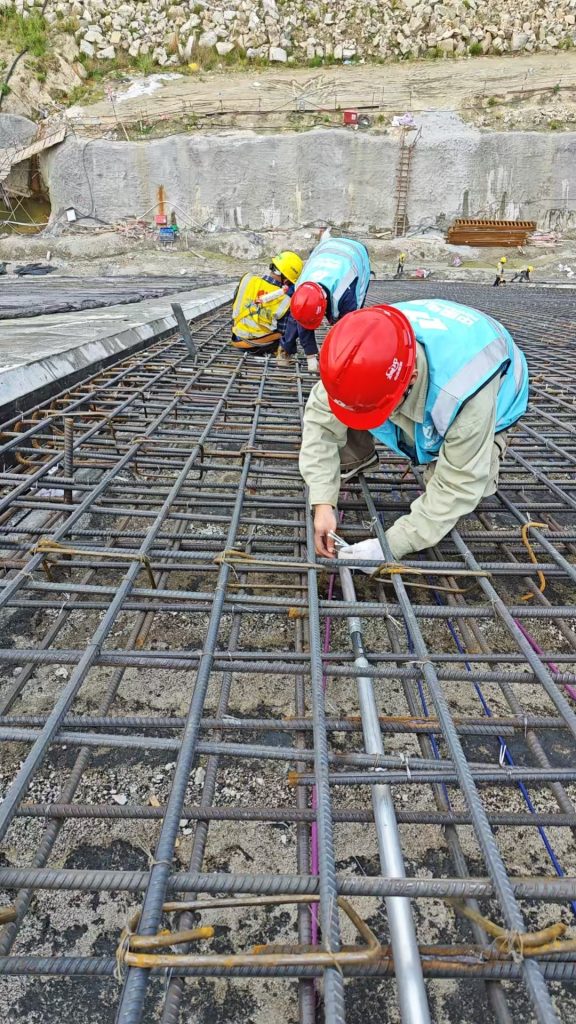Displacement Monitoring Systems: ensuring safety of large infrastructure
Release time: 2025-06-04
With the acceleration of urbanization and the continuous expansion of infrastructure construction, ensuring the safe operation of large engineering facilities has become a top priority in the engineering construction field. Displacement monitoring systems, especially high-precision displacement sensor technologies, have become essential tools for ensuring the safety of various large infrastructure projects. The displacement sensor product launched by Shenyang Sheng Hunting Software Technology Co., Ltd. is a multi-dimensional micro-magnetic high-precision displacement monitoring system that can monitor deformations and displacements of complex terrain and massive structures.
What is a displacement monitoring system?
A displacement monitoring system is a tool that uses sensors installed on engineering structures or terrains to monitor the displacement and deformation in real-time and accurately record and analyze the data. The system can provide change data of structures or the ground over different time periods, helping engineers and managers promptly detect potential safety risks, so that corrective actions can be taken for repairs or reinforcements.
Displacement monitoring systems can be widely used in various engineering fields, including but not limited to embankments, slopes, bridges, tunnels, foundations, wind turbine towers, and other terrain and large infrastructure projects. The stability and safety of these monitoring points are critical to public and property safety, and high-precision displacement monitoring technology is key to ensuring the continuous and healthy operation of these projects.
Multi-dimensional Micro-Magnetic High-Precision Displacement Monitoring Technology
Among the various displacement monitoring technologies, multi-dimensional micro-magnetic high-precision displacement monitoring systems have gained widespread application due to their accuracy and adaptability. This system uses micro-magnetic sensors to measure displacement changes based on the principle of magnetic field variation. Unlike traditional displacement sensors, this system has the following distinct advantages:
- High precision measurement: Micro-magnetic sensors can precisely detect small displacements, with millimeter-level measurement accuracy.
- Multi-dimensional monitoring: The system can not only monitor the magnitude of displacement but also analyze its direction and speed changes in real-time, ensuring a comprehensive understanding of the object’s deformation.
- Strong adaptability: The multi-dimensional micro-magnetic high-precision displacement monitoring system can adapt to complex terrain environments such as slopes, tunnels, bridges, etc., making it especially suitable for monitoring locations with complex structures that are prone to displacement.
- Strong anti-interference capability: Due to the use of micro-magnetic principles, the system has good resistance to electromagnetic interference and can operate stably in harsh environments.


Application Areas of Displacement Monitoring Systems
Displacement monitoring systems play a crucial role in various fields. Specific applications include, but are not limited to, the following areas:
- Embankment and slope monitoring: With the construction of urban roads and railways, the stability of embankments and slopes directly affects the safety of vehicles and pedestrians. Displacement monitoring systems can detect even small displacements in embankments and slopes, preventing disasters such as landslides and collapses.
- Bridge and tunnel monitoring: Bridges and tunnels are key nodes in transportation, and their structural safety directly impacts traffic flow and safety. High-precision displacement monitoring systems can detect deformations in bridges and tunnels in real-time, ensuring their stability during long-term use.
- Tunnel monitoring: Tunnels play an important role in underground construction, and over time, factors like groundwater flow, soil pressure, and earthquakes can cause deformations. Precise displacement sensors can monitor displacements inside tunnels, enabling early detection and resolution of potential risks.
- Foundation and wind turbine tower monitoring: With the widespread use of wind energy, the scale of wind turbine tower construction is also growing, and stability has become key to the long-term operation of wind farms. High-precision displacement monitoring systems can precisely monitor the stability of wind turbine towers, ensuring they can withstand changes in wind forces and preventing accidents.
Advantages of Displacement Monitoring Systems
- Real-time data transmission: Displacement monitoring systems support real-time data transmission, allowing monitoring data to be uploaded to the cloud or local servers, enabling engineers and managers to view data and make scientific decisions anytime and anywhere.
- High reliability and stability: Displacement monitoring systems use highly reliable hardware and software configurations that can operate stably in extreme environments such as high temperatures, humidity, and strong winds without affecting measurement accuracy.
- Ease of maintenance and upgrades: The system is designed to be simple, easy to install and maintain. With technological advancements, the system can also be upgraded through software updates to enhance its measurement accuracy and functionality.
As the demand for infrastructure safety monitoring increases, displacement monitoring systems provide powerful technological support for various types of infrastructure. By accurately measuring the deformations and displacements of structures and terrain, these systems can effectively prevent potential disasters and protect lives and property.


